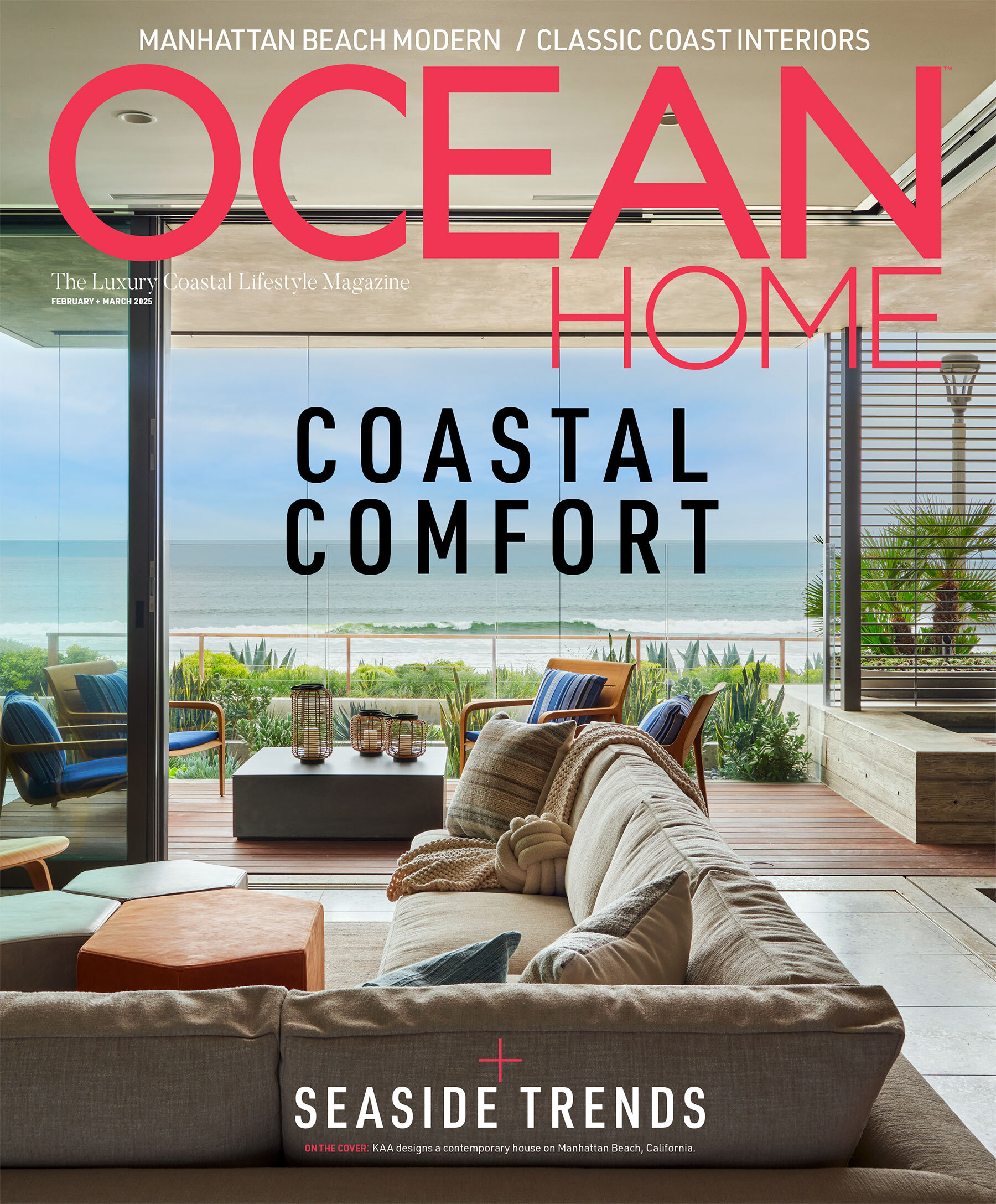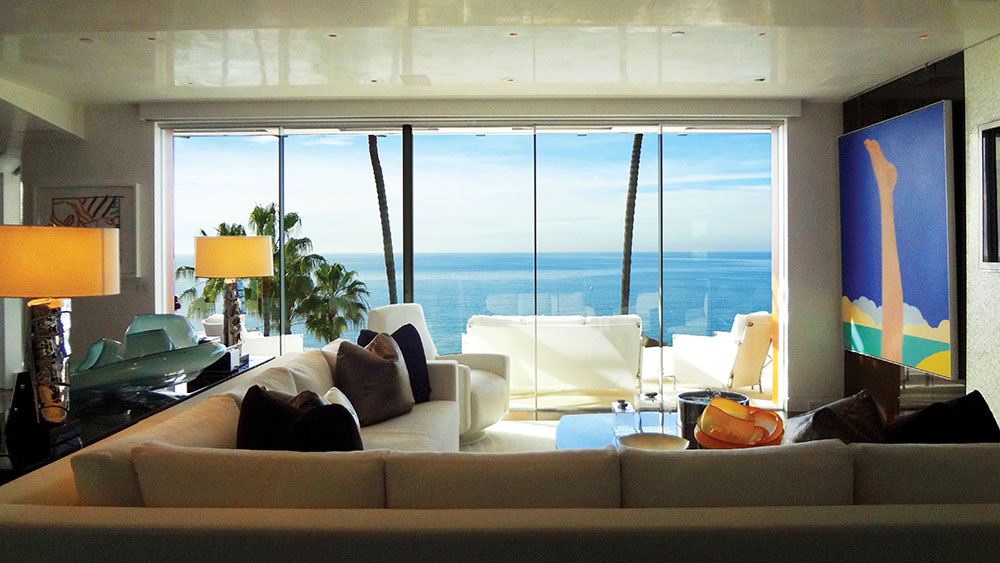The debate rages on as to who coined the phrase “location, location, location” when evaluating real estate desirability.
What everyone can agree on is that coastal homes are among the world’s most coveted because of the serene and sometimes dramatic landscapes that surround them.
Given those unique attributes, it’s not surprising that most coastal homeowners want to blur the line that separates their indoor living spaces from the outside world.
Doing that effectively requires unobtrusive windows and doors – products that Vitrocsa has perfected over the last 24 years.
The renowned Swiss company was founded by Eric Joray, a mechanically inclined entrepreneur with a watchmaking background.
During the 1970s, when the invention of quartz-powered mechanisms undercut the demand for mechanical timepieces, Joray left the watchmaking industry and spent the next eight years building homes.
He later dabbled in orchid cultivation, and after several years of growing flowers and spending much of his time in greenhouses, Joray forged a new business venture, Vitrocsa, which capitalized on his expertise and experience in each of those previous occupations.
So-called “minimalist” windows are not something that Vitrocsa invented. The implementation of large panes of glass as a see-through wall dates to the end of World War II, when an architectural movement known as Case Study Houses led to the construction of modern, economical homes mainly around Los Angeles.
Utilizing precise mechanical watchmaking techniques, Vitrocsa has improved upon that initial concept and today builds a variety of fixed, sliding and pivoting glass windows and doors all featuring concealed mechanisms.
The windows’ thick, high-glazed, tempered glass allows them to be built as large as 18 feet tall.
The cost of a Vitrocsa Invisible Wall System is dependent upon many factors, such as the overall size of the coverage area, the specific window styles requested (sliding, pivoting, etc.) and the wind-load requirements that the home must meet given its location.
On the U.S. West Coast, where wind load requirements are the lowest, a Vitrocsa window can cost between $150 and $180 per square foot. In Miami, where wind load requirements are the highest, the cost is about $280 per square foot.
Vitrocsa systems also feature marine grade stainless steel and anodized aluminum components that can be painted or powder-coated, which makes them impervious to the harsh conditions that accompany many seaside locations.
And while the primary benefit of a Vitrocsa window system is the ability to blur the line between the inside and outdoors, James Tschortner, CEO of Vitrocsa USA, believes the windows offer another purpose.
“With an all-glass look, you’re giving the house a unique character,” he says, “something that makes it look different from the house next door.”
That being said, the technology of bringing the outdoors inside remains Vitrocsa’s main selling point.
In fact, Tschortner recalls visiting a home in Malibu, Calif., before the company’s windows and doors were installed, and, once inside, found himself focused on the home’s outdated sliding wooden doors.
When he revisited the home after the installation, his experience was very different. “I walked in to look at the new sliding doors, but my eyes immediately saw the ocean,” he says. “I had to remind myself that I was there not for the view, but to inspect the sliding doors.”
“These homes have such beautiful views,” he continues, referencing the many oceanfront residences that feature Vitrocsa window systems.
“The homeowners who pay a bit more for a window system like ours are taking advantage of that. It’s maximizing a million-dollar view. That’s really what it’s all about.”
THE DETAILS
For more information, visit vitrocsaUSA.com.
Image Credits: PHOTOGRAPHS courtesy of Vitrocsa.


